
3 minute read
New members 2020 2025
NEW MEMBERS OF THE YOUNG ACADEMY
1 APRIL 2020 - 31 MARCH 2025
Advertisement

Joris Vandendriessche
(KU Leuven) is an historian of medicine and science who studies how knowledge is arrived at and how it is disseminated. Who had access to knowledge in the past? How did scientists deal with each other’s work? With his historical view of the culture of publication and the relationship between religion, ideology, and science, he reflects on today’s scientific endeavours.
Nicolas Baeyens (Royal Academy of Fine Arts Antwerp) is a visual artist who explores the identity and cyclic transformability of artworks. He questions the material nature of an
artwork by looking at it as a falsifia
ble carrier of an immaterial message that is being shaped and reshaped by the memory of the beholder.
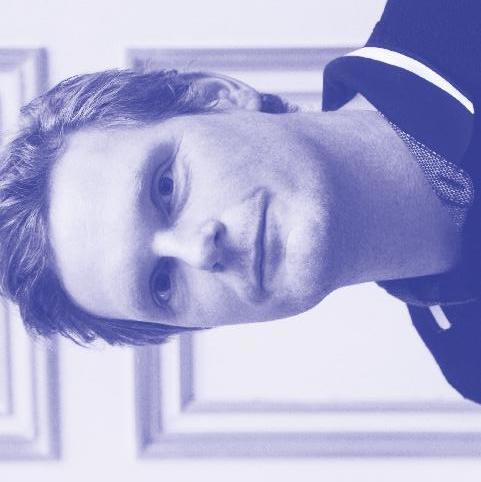
Caroline Masquillier
(UAntwerpen) studies the HIV epi - demic in South Africa and Belgium from a sociological perspective. For example, she analyzed how based support may community-contribute to the care for people living with HIV. She founded the platform for creative scientific communication FIELD, where she worked on an exhibition and docu mentary about her research. Roosmarijn Vandenbroucke (UGent and VIB) studies how the communica - tion between body and brain takes place under healthy circumstances and in cases of brain disorders such as Alzheimer’s and Parkinson’s, with the aim of identifying new strategies for treatment. Based on her knowledge of the blood-brain barrier she and her team study new methods for bring ing drugs into the brain more efficiently.
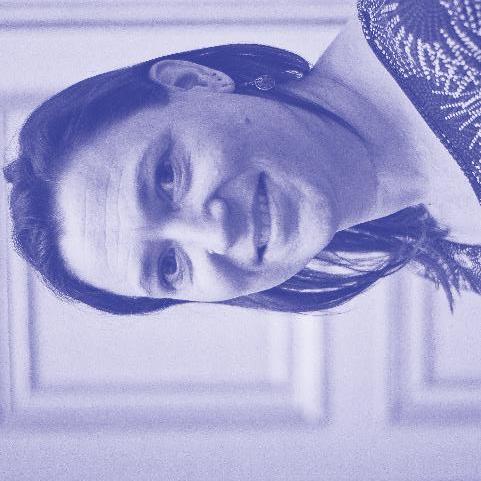
(KU Leuven) studies
Laura Vandenbosch
the dynamics of media socialization in the well-being of adolescents. Using an interdisciplinary perspective and a wide range of research methods she attempts to understand how entertainment and social media content influence young people in the area of depression symptoms, choice of study, body image, and performance pressure.

(KU Leuven)
Bert Vercnocke
searches for the building blocks of the universe. As a theoretical physicist, he and his team study black holes and cosmology within string theory. He links the theo retical predictions that extend Einstein’s theory of relativity to the latest observations as obtained by, for example, gravitational waves. Artist Kevin Trappenierscreates visual and physi - cal work that oscillates between theatre and visual art, which he pre - pares during long periods of research. He moves freely between different art disciplines, mixing them in both theatre and public space. His work focuses on human presence and absence, identity and spatiality, and interhuman relations in today’s society.
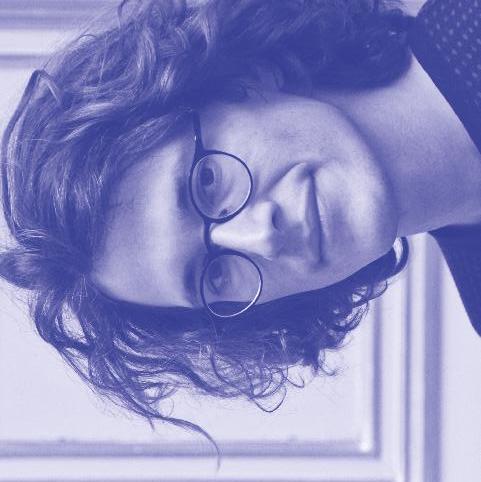
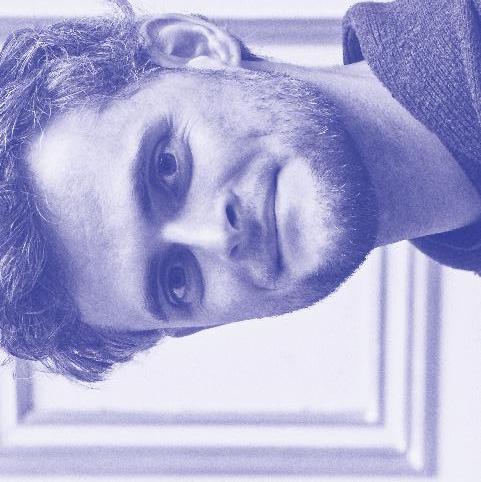
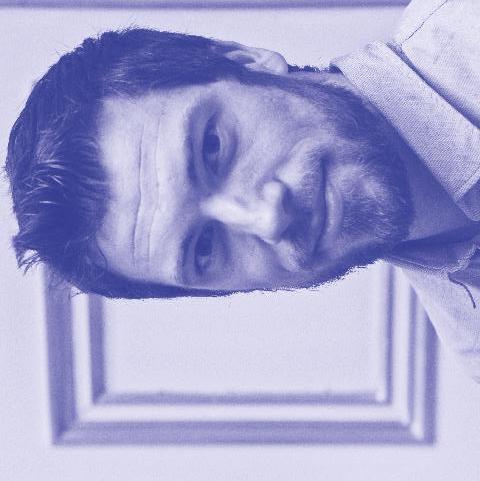
(UGent) is an
Sarah Verhulst
electronics and acoustics engineer who does interdisciplinary research into the mechanical and neural basis of human hearing (and its impairment). She develops innovative technologies concerning hearing, speech recognition, and acoustics, such as speed tests for hearing impairment and algorithms for hearing devices and hearables of the future. Arne Smeets (KU Leuven, Radboud University Nijmegen) conducts research into fundamental mathematical structures at the intersection of algebra, geometry, and number theory. Diophantine problems are often easily formulated, but to solve them we need to develop new, modern mathematical tools based on recent insights gained in arithmetic geometry.
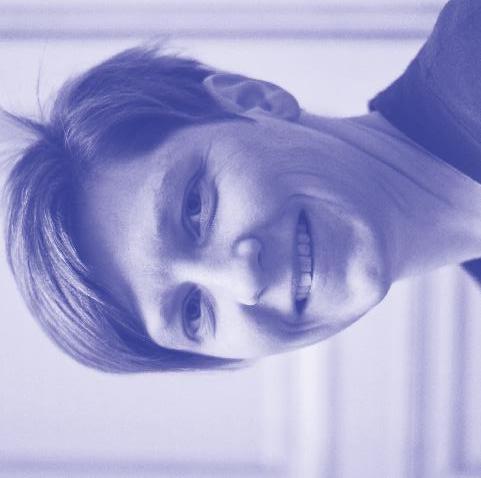

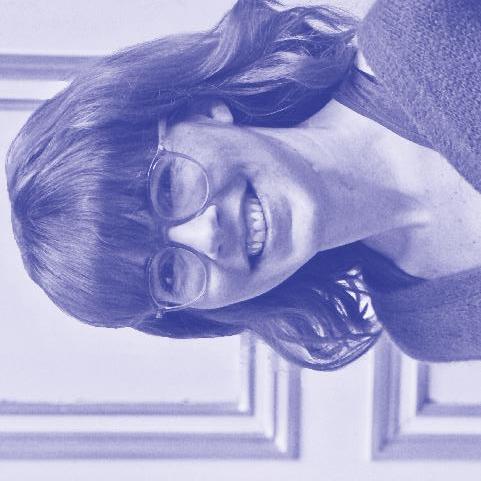

Tine Destrooper
(UGent) studies how societies can deal with a legacy of violent conflict and large-scale human rights violations. She specifically explores the question of what role victims can play in set - ting up tribunals, truth commissions, and other mechanisms aimed at avoiding a recurrence of the conflict. (UAntwerpen) studies, within catalytic technology, how sunlight can be used directly in various environmental and energy applications. Using a multidisciplinary approach, he converts fundamental research of light-sensitive nanoparticles into concrete applications for air purification, hydrogen production, sensors, and self-cleaning materials.
Bio engineer Sammy Verbruggen
Sophie de Buyl (VUB) studies the dynamics and predictability of biological networks at various scales. With her team, she attempts to identify functional structures in biological networks by creating models based on large quantities of data. To this end, she uses non-linear dynamic systems, statistical physics, and information theory.








